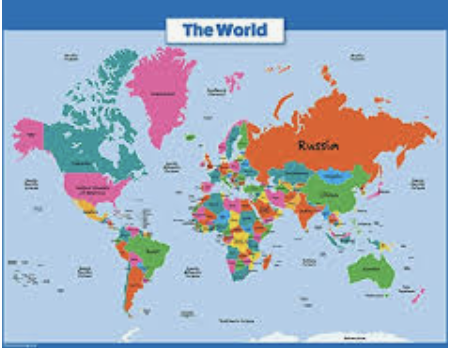Cultural Diversity Club creates diverse recipe book

Cultural Diversity club has opened its doors for students to submit family recipes, and the memories attached to them, in order to create a diverse recipe book to share.
The Cultural Diversity club is all about learning and exploring culture, hoping to educate others on all aspects of the world.
In past years, the club has held food fairs, events where the members would invite people to try different foods they’ve made. Due to COVID-19, the club is unable to hold one this year, but that won’t stop them. A safer option that they decided on was to make a recipe book, allowing students to share food that holds a special meaning to them.
Senior club member Malvika Khadiya said, “Our goal is to make the high school and our community more aware of the differences in people’s cultures and to ensure that we are as welcoming as possible to people from different cultures and backgrounds. The goal of the recipe book is just to give people a way to share stories and recipes that matter to them. Food is central in a lot of cultures, and with that comes a lot of history and stories that mean a lot to people.”
Fellow senior member Anastasia Davidson’s view on the goal of the club is similar. “The goal of Cultural Diversity club is to encourage positive discussions about culture and traditions in order to increase acceptance of various cultures.”
Davidson also said, “My personal goal is to learn more about other cultures. Ultimately, I think that education is what can increase acceptance of other people, and through Cultural Diversity club I can work to educate myself.”
Davidson and Khadiya also have their younger sisters as a part of the club, Eliana Davidson and Tanvi Khadiya.
Tanvi Khadiya said that “I love learning about new cultures, and this club seemed like a great fit for me and my interests. Especially being a brown, Indian person in a majority white school, I thought it would be really cool to form a connection with other non-white students in the school, especially those students who only know one or two other people in CFHS who share their ethnic background.”
She also said, “Growing up in the Midwest, non-white people, especially students who identify as Latinx, Asian, Eastern European, Middle Eastern, etc. are usually not surrounded by other people who share their culture/language/background outside of their family, so we want this club to be an inclusive environment where anyone and everyone can come and share their experiences. And, of course, I mentioned that this club is a great place for minorities, but even if you are a student who would not consider yourself a minority but just want to come hear about other cultures and share your own stories, then by all means, you are completely welcome here. We would love to have anyone who can join.”
Eilana said that she personally thinks “being educated about culture is important in many ways. It can allow you to understand things that are going on around the world, give you tools to interact with people from cultures other than your own and simply give you a greater understanding of the world as a whole. Cultural Diversity club seemed like a fun way to become more educated about culture, get involved at CF and spend time with great people.”
The recipe book is a prime example of how to learn about cultures while getting involved at the high school.
Sisters Anastasia and Eliana plan to include a tortellini recipe “from my great-grandmother, who always pronounced the dish ‘tutalach’ that became kind of a joke among my family, as did her pronunciation of asiago cheese (aarggiargo),” Anastasia said.
Eliana’s memory associated with the recipe is that, “My cousins and aunts and uncles all come to my grandmother’s house at Christmas, and it is a tradition for us to eat tortellini on Christmas Eve, before opening presents. My grandmother always makes hundreds of tortellini by hand, sometimes months before people come. I remember one year, though, we all helped make them. We rolled out pasta dough with an old pasta roller, cut it, put meat on it and folded it to make the little bonnet-ish shapes. It was really cool to work with my family to make that particular dish that has been a tradition for our family since my great-great-grandfather immigrated from Italy and perhaps before that.”
Another example of a recipe in this book comes from Malvika and Tanvi’s family. Gatte ki Sabji “is a dish from Rajasthan, where our family is from. This is one of the dishes that my maternal grandmother (my nani) used to make (and it was always super delicious), and it’s something that we’ve been eating our entire lives. A lot of Indian dishes that are commonly found in Indian restaurants are from different regions of India, especially from Punjab and a few other regions of North India, and South Indian cuisine is also really widely eaten, but Rajasthani cuisine is not very commonly eaten. This dish, along with just a few others like daal baati churma, kachoris and laal maas, is one of the better known dishes from Rajasthan, so I thought it would be fun to include,” Tanvi said.
In order to add recipes to the book, students and staff can fill out this form https://docs.google.com/forms/d/e/1FAIpQLSfUsJKZbL-aPVTrpbpGE7mvk1WZ9T_bi1-K_TVxTYkLV9D9pQ/viewform?gxids=7628, and those who would like to join the group can email Malvika or adviser Erin Gardner. There is no restriction on who can join the group and they meet through zoom every Tuesday at 3 p.m.









You must be logged in to post a comment Login